- California Assembly OKs highest minimum wage in nation
- S. Korea unveils first graphic cigarette warnings
- US joins with South Korea, Japan in bid to deter North Korea
- LPGA golfer Chun In-gee finally back in action
- S. Korea won’t be top seed in final World Cup qualification round
- US men’s soccer misses 2nd straight Olympics
- US back on track in qualifying with 4-0 win over Guatemala
- High-intensity workout injuries spawn cottage industry
- CDC expands range of Zika mosquitoes into parts of Northeast
- Who knew? ‘The Walking Dead’ is helping families connect
Is N. Korea’s airline truly the worst? It may be the quirkiest
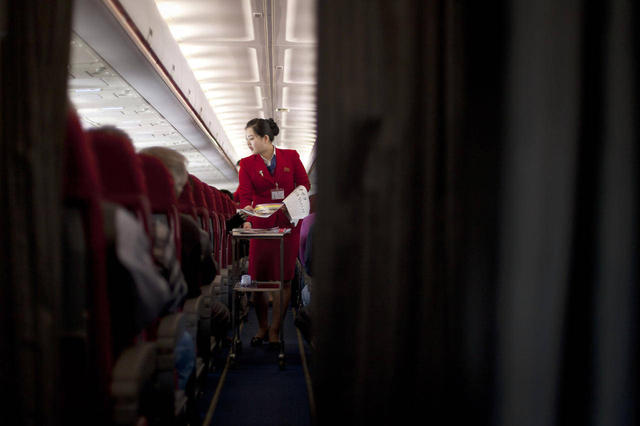
An Air Koryo attendant offers North Korean newspapers and magazines before take off for Pyongyang on April 11, 2013. (Alexander F. Yuan/AP Photo)
PYONGYANG, North Korea (AP) — If an Air Koryo passenger ignores its no-photography rule, a flight attendant might take the camera and delete the pictures herself. Crumpling up a newspaper bearing the image of North Korean leader Kim Jong-un can earn travelers a stern lecture, or worse.
Those are among many quirks that may help explain why North Korea’s airline has earned a singular distinction: It’s been ranked the world’s worst airline for four straight years.
Air Koryo is the only carrier to have been awarded just one star in rankings released recently by the UK-based SkyTrax consultancy agency. More than 180 airlines are included in the five-star ranking system, which is widely considered the global benchmark of airline standards.
Some experts and frequent Air Koryo passengers disagree with the “world’s worst” title. The airline is a definitely a unique ride, but fairly reliable, they say. The SkyTrax ratings are focused on service and not safety.
“It’s a bit of a giggle, actually. They are clearly not the world’s worst airline,” said Simon Cockerell, of the Koryo Group, a Beijing-based travel agency that specializes in North Korea. The agency has no relation to Air Koryo, though Cockerell and his tourists often fly on the airline.
Cockerell said Air Koryo’s weaknesses tend to be the kind of thing SkyTrax focuses on: cabin attendants tend not to speak foreign languages very well, there is no in-flight magazine, the meals aren’t going to win any awards and, on older planes, condensation from the cooling systems tended to dampen seats and drip on passengers.
“It’s not Emirates,” he said, referring to Dubai’s Emirates Airlines, a four-star according to SkyTrax. “It’s not quite the flying experience people are used to.”
In-flight entertainment is usually limited to the popular Moranbong Band girl group singing patriotic odes to the leader, or North Korean cartoons, shown on drop-down screens attached to the cabin ceilings. On the less than two-hour hop from Beijing, there is a meal of sorts. It resembles a hamburger.
But Air Koryo isn’t what it used to be.
Its four-plane fleet of aircraft used on international flights is surprisingly new – acquired in 2008. Lax practices, like not announcing when the plane was about to land or skipping the safety demonstrations before takeoff, were fixed long ago. The new airport terminal, a vast improvement over the temporary, warehouse-like building used until recently, provides travelers with a business-class lounge.
At the same time, being the flag-carrier of a nation shunned by much of the West cannot be good for an airline’s image. Air Koryo’s only regular international destinations are Beijing, Shanghai and Shenyang in China and the Russian port of Vladivostok.
“I’m not sure that I’ve ever seen or heard any references to Air Koryo being unsafe, only that its service is terrible,” Patrick Smith, an airline pilot and author of the Ask The Pilot blog, said in an email to The Associated Press before the latest ratings came out.
“Everything about North Korea is seen as a kind of running joke, so we should probably expect that its airline is seen this way too, right or wrong,” he said, with the caveat that he has never actually flown on Air Koryo. “Some of the world’s best and safest airlines are carriers the average American has never heard of.”
Smith noted that Air Koryo’s fleet is mainly Russian TU-204s and AN-148s, which may not be as comfortable or efficient as their American or European-built counterparts, but are not unsound.
In fact, getting its passengers where they are going – in one piece – might be Air Koryo’s strong point.
The only known fatal accident it suffered was in 1983 when the airline was still named CAAK, according to Harro Ranter, founder and director of the Aviation Safety Network, a private, independent foundation that has compiled detailed descriptions of over 10,700 incidents, hijackings and accidents going back to the 1950s.
Ranter cautioned that 32 years without a fatal accident does not necessarily mean an airline is safe.
“A big factor in the safety of an airline is the country’s ability to conduct proper safety oversight, the level of implementation of international aviation standards and regulations,” he said in an email to the AP. “It’s very hard to rank airlines based on safety. The worldwide level of air safety has improved significantly over the years, so any comparison on the number of accidents or fatalities is impossible.”
Still, he noted North Korea scored above the world average on most aspects in an audit of the level of implementation of international aviation standards and regulations conducted by the International Civil Aviation Organization in 2008, the most recent data available.
“If these results are still valid, there is no reason to assume that Air Koryo would be unsafe,” he said.







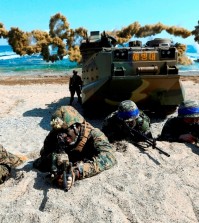
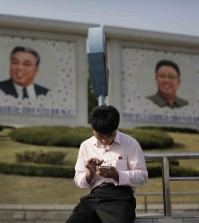
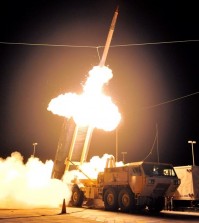
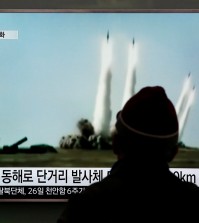

![일본 사도광산 [서경덕 교수 제공. 재판매 및 DB 금지]](http://www.koreatimesus.com/wp-content/uploads/2024/07/PYH2024072610800050400_P4-copy-120x134.jpg)


